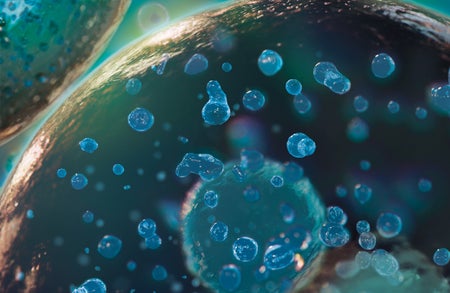
Mysterious Blobs Found inside Cells Are Rewriting the Story of How Life Works
Tiny specks called biomolecular condensates are leading to a new understanding of the cell

Mysterious Blobs Found inside Cells Are Rewriting the Story of How Life Works
Tiny specks called biomolecular condensates are leading to a new understanding of the cell

How Neandertal DNA May Affect the Way We Think
DNA inherited from Neandertals may influence modern human cognition
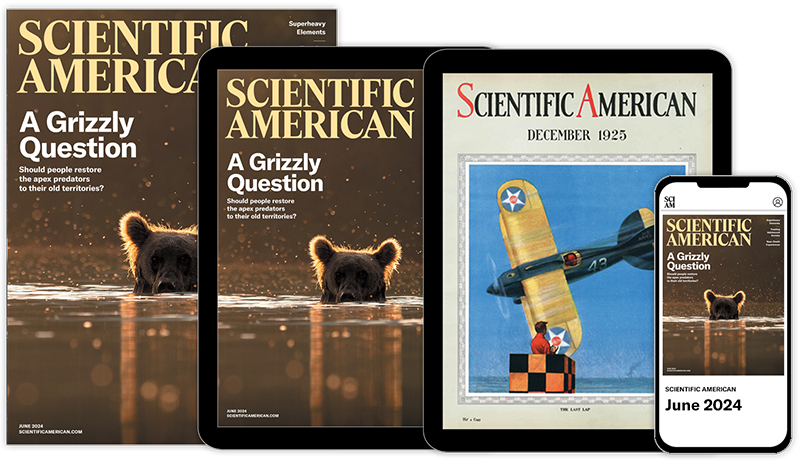
Read all the stories you want.
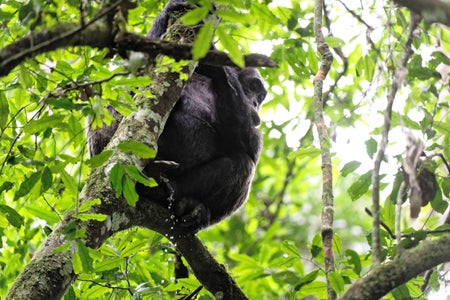
Peeing Is Contagious among Chimps
Just as people often yawn or scratch themselves when they see someone else do so, for chimpanzees, peeing is contagious
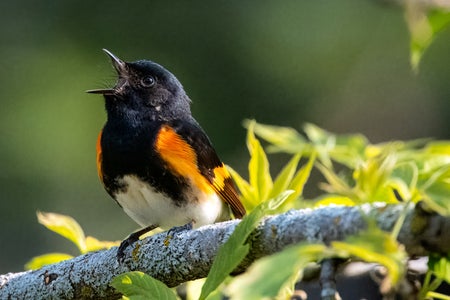
Migrating Birds Sing to Team Up with Other Species
Songbirds may socialize across species during nighttime migrations
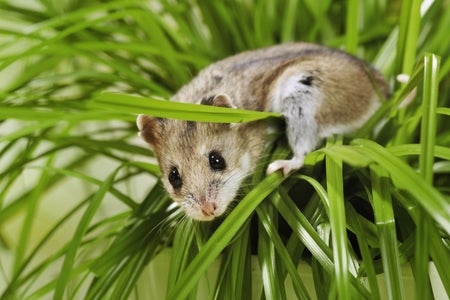
Plants’ Photosynthetic Machinery Functions inside Hamster Cells
Transplanted chloroplasts endured two days inside animal cells—and got to work
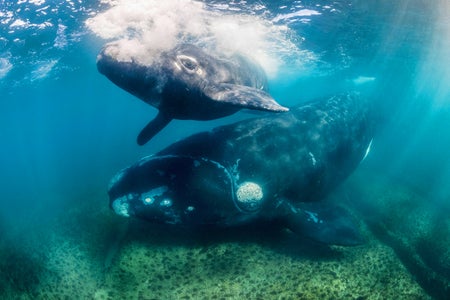
Some of These Whales May Live to 150—Double the Age Previously Thought
Bowhead whales were known to live up to 200 years, and a new study finds that southern right whales may live up to age 150 if they aren’t being hunted
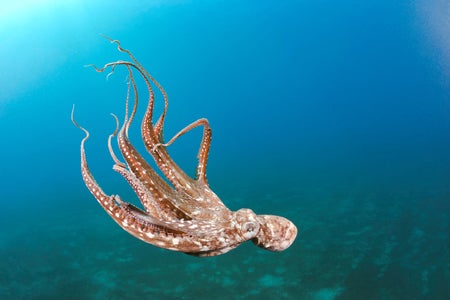
Are Octopuses Too Smart to Be Farmed?
A planned octopus farm is facing opposition. Here’s why
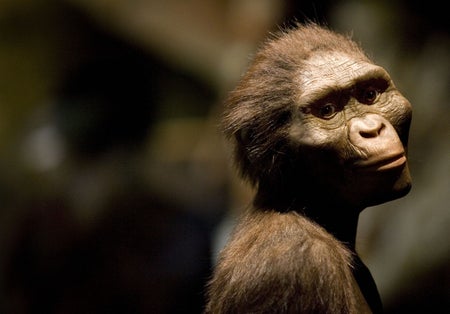
Run, Lucy, Run! Human Ancestors Could Jog but Not Very Far or Fast
Three-dimensional models of Australopithecus afarensis hint at the muscular adaptations that made modern humans better runners
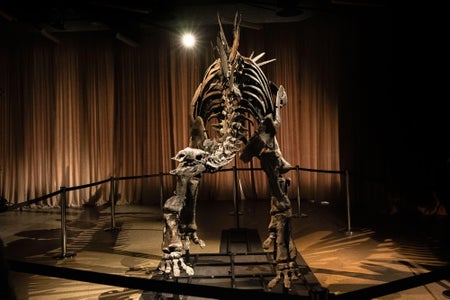
Most Expensive Dinosaur Fossil Ever Could Reveal Stegosaurus Secrets
The huge Stegosaurus fossil Apex, bought at auction for $44.6 million, has debuted on loan at the American Museum of Natural History
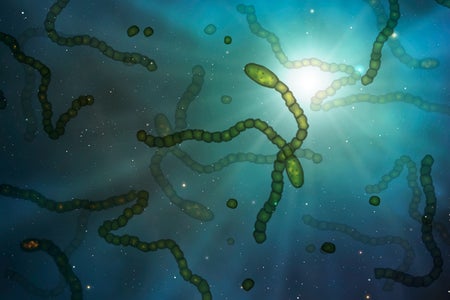
Scientists Discover Earth Life inside an Asteroid Sample
Material from asteroid Ryugu riddled with earthly microbes provides a cautionary tale for scientists seeking signs of alien life
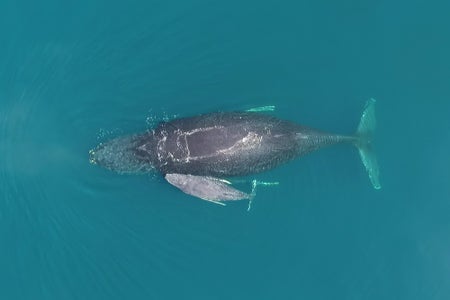
Hear How Baby Humpback Whales Burp and Bark to Beg for Food
The burps, barks and snorts humpback whales make when asking their mother for milk are the first recorded instances of begginglike behavior in a baleen whale

How Earth’s Biggest Mass Extinctions Stack Up
Earth’s deadliest mass extinctions have important commonalities—and significant differences